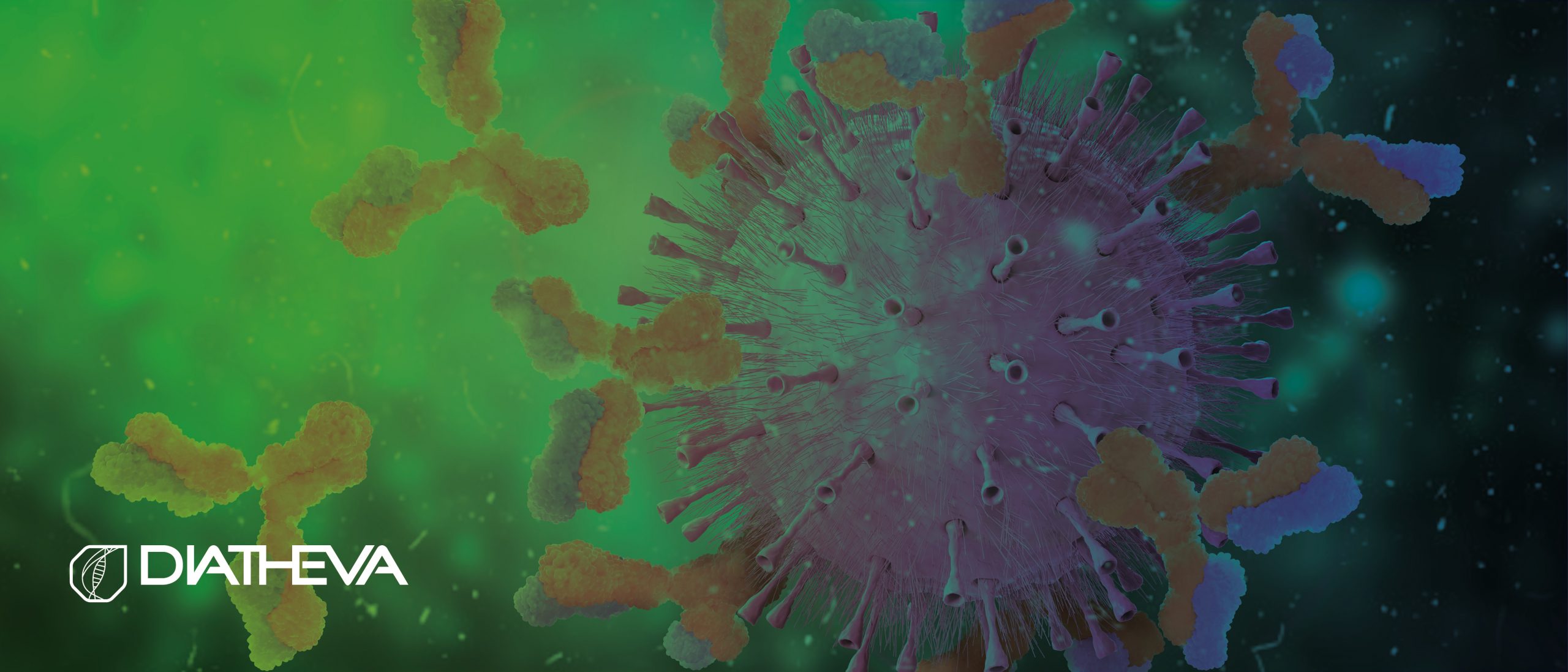Author: Tomas Di Mambro
Antibodies, also known as immunoglobulins, are glycoproteins produced by vertebrates in response to exposure to antigens (foreign agents, such as viruses, bacteria, or toxins). Once an antibody binds to its antigen, it neutralizes the threat and facilitates its elimination by interacting with other immune system cells.
Antibodies are produced by specific cells called B lymphocytes or plasma cells, which are capable of generating a wide variety of antibodies, each specific to a different antigen. Structurally, an antibody consists of two heavy chains and two light chains, arranged in a “Y” shape.
Key Functional Regions:
- Variable region (Fab): contains the VH (heavy chain) and VL (light chain) domains enabling specific antigen binding,
- Crystallizable region (Fc): Facilitates the antybody interaction with other components of the immune system, such as receptors on immune cells or complement proteins.
Classical Monoclonal Antibodies
Monoclonal antibodies (mAbs) are antibodies that have the same structure and specificity for a particular antigen. The traditional mAbs production process, usually employ the hybridoma technique, developed by Köhler and Milstein in 1975 (1).
The technique involves fusing B lymphocytes from an immunized animal (typically a mouse) with an immortalized cell line. The resulting hybrid cells, called hybridomas, can proliferate indefinitely and produce a single type of antibody, highly specific to the target antigen. While they are fundamental tools in research and diagnostics, mAbs originally derived from animals (such as mice) have limitations in therapeutic use, as they can trigger adverse immune responses in patients. This led to the development of recombinant monoclonal antibodies.
Recombinant Monoclonal Antibodies: The Future of Therapeutics
Recombinant mAbs are produced through genetic engineering techniques that eliminate the need for animal use in antibody production. In this process, genes encoding the variable regions of the heavy and light chains of the antibody are inserted into expression vectors.
These vectors are then introduced into mammalian cells, such as CHO cells (Chinese Hamster Ovary), used as host for their expression. The use of this technology has revolutionized antibody production, enabling large-scale production and better control over product quality. Recombinant mAbs are particularly important as therapeutics because they conjugate the high specificity of the curative effect to the reduction of adverse immune responses in patients.
To further reduce immunogenicity, humanized and full-human antibodies have been developed.
- Humanized antibodies: Mouse antibodies in which most of the sequence has been replaced with human antibody sequences.
- Full-human antibodies: Antibodies with entirely human Fab and Fc regions.
To date, over 200 antibody therapeutics are on the market and a pipeline of nearly 1,400 investigational product candidates are in clinical studies for their evaluation as treatments for a wide variety of diseases (2).
Some examples of popular recombinant antibodies in clinical use include Rituximab (for the treatment of lymphomas and leukemias), Adalimumab (for the treatment of rheumatoid arthritis, Crohn’s disease, and psoriasis), and Pembrolizumab (for the treatment of solid tumors through immunotherapy).
Conclusions: Monoclonal Antibodies as a Medical Breakthrough
Monoclonal antibodies represent one of the greatest innovations in therapeutic medicine. Their application has revolutionized the treatment of numerous diseases, including oncological, autoimmune, viral infections, and chronic inflammatory diseases.
Thanks to their high specificity and affinity for their target, mAbs provide targeted and precise treatments, minimizing the side effects typical of traditional drugs.
At Diatheva, we are passionate about cutting-edge science. Our R&D activities include the development of new biologic therapeutics for oncology and infectious diseases. Our pipeline consists of recombinant mAbs in preclinical development. Additionally, as a trusted CDMO partner with over 20 years of experience, we offer support in every step of biologic development and production, from discovery to GMP manufacturing.
References:
- G Köhler, C Milstein Continuous cultures of fused cells secreting antibody of predefined specificity. 1975 Aug 7;256(5517):495-7. doi: 10.1038/256495a0.
- S Crescioli, H Kaplon, L Wang, J Visweswaraiah, Vi Kapoor, JM Reichert. Antibody to watch in 2025. mAbs 2025 Dec;17(1):2443538. doi: 10.1080/19420862.2024.2443538.
Tomas Di Mambro holds a PhD in Biochemical and Pharmacological Methodologies and is a Biologics R&D Specialist at Diatheva. With his expertise in recombinant antibody engineering and molecular biotechnologies, he contributes to the design, development, and optimization of innovative biologics for research and diagnostic applications.

